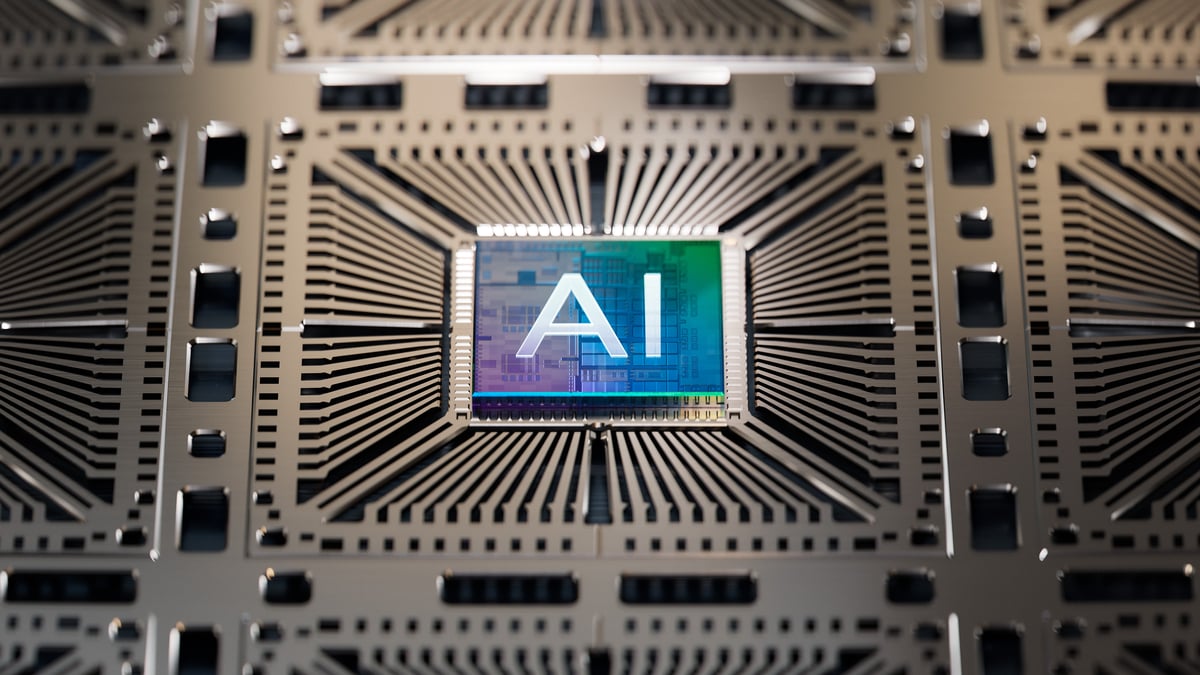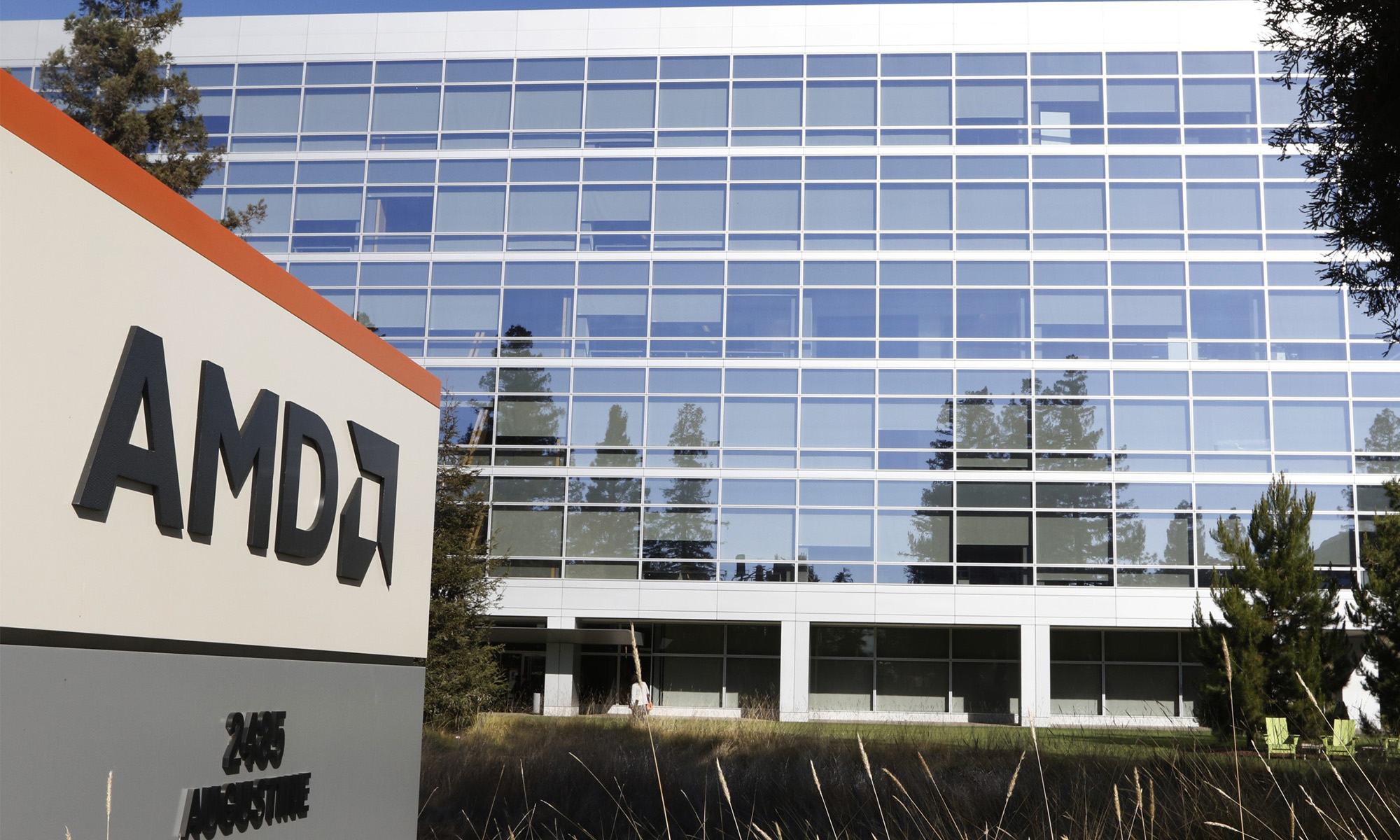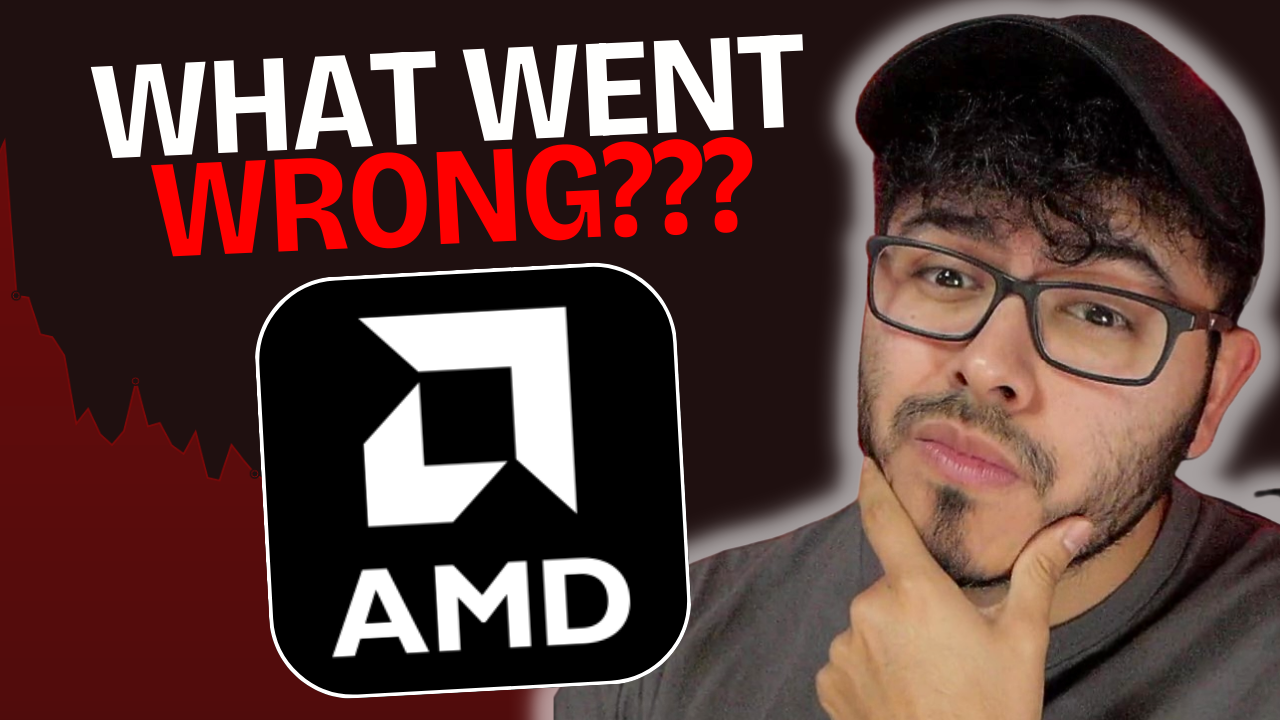Advanced Micro Devices (AMD 0.67%) reported its third-quarter results on Oct. 15, and while the company managed to grow revenue compared with the second quarter, a net loss of $197 million was worse compared with both the second quarter and the same period last year. A $65 million inventory write-off related to its APUs, the second such write-off in the past year, weighed on AMD's bottom line.
Beyond the numbers, AMD's management provided some additional details during the company's conference call. Here are five things AMD wants investors to know.
Zen is on track
AMD's upcoming CPU core, called Zen, comes with some lofty promises. AMD expects Zen to provide a 40% increase in the number of instructions per cycle compared with AMD's previous generation of CPUs, a performance boost that could make AMD more competitive against rival Intel (INTC +10.80%).
AMD hired Jim Keller, a CPU architect, in 2012 to head up development of Zen. In September, news broke that Keller had left the company, prompting concerns that Zen would be delayed. AMD CEO Lisa Su tried to quell investor concerns: "Zen remains on track for availability in 2016, and we believe will return AMD to the mainstream server and high-end client market in a significant way in 2017 and beyond."
It's likely that the bulk of the design work for Zen is already completed, meaning Keller's departure may not have any real negative effects on the project. If Zen delivers the promised improvements, AMD could have a shot at regaining market share from Intel in both the PC market and the server market in 2017. AMD has been essentially shut out of the server market over the past few years, so the company needs Zen to be a success, as well as launch on time.
CPU design wins
With Zen still about a year away, vast improvements in AMD's CPU business seem unlikely in the near-term. However, AMD is making some progress, and Su talked up AMD's role as the exclusive provider of processors for Hewlett-Packard's (HPQ +0.37%) newest business-aimed EliteBooks:
"We continue to have success with HP in the commercial market as they are seeing accelerating demand for their AMD based systems including increased adoption with key Fortune 500 accounts. As a result, I'm pleased to share that for the first time AMD was the exclusive launch processor partner for HP's newest EliteBook commercial client systems based on our latest Carrizo PRO APUs, which launched at the end of September."
These AMD-powered EliteBooks -- the 725, 745, and 755 -- are priced well below previous Intel-based versions, with starting prices ranging from $684 to $774 on HP's website, compared with around $1,000 for Intel-powered models.
On one hand, design wins are a good thing. On the other hand, talking about individual laptop design wins is a sign of how far AMD has fallen in the PC market. During the third quarter, the revenue from the computing and graphics segment declined by 46% year over year, and while revenue was up 12% compared with the second quarter, it will take far more than the EliteBook to save AMD's CPU business.
More semi-custom revenue coming next year
At the moment, SoCs that power game consoles are the only semi-custom chips generating revenue for AMD. It's an important business for AMD, which managed to get its chips inside both the PlayStation 4 and the Xbox One. The previous generation of game consoles peaked after four years on the market, and if that trend holds up, 2017 would be the peak year for game console sales. Factor in ASPs on the decline for AMD, and its peak console-related revenue will probably occur a bit earlier.
The good news is that new semi-custom revenue is set to come online toward the end of 2016. "Demand from Sony and Microsoft indicates that the record-setting sales pace of this generation of game consoles will remain strong," Su said. "We also remain on track to begin revenue shipments of our additional semi-custom design wins starting in the second half of 2016."
AMD announced a couple of semi-custom design wins earlier this year, and it expects the deals to generate about $1 billion of revenue over the course of three years. Coming at the end of 2016, the timing should be in the ballpark of peak revenues from the game consoles. Depending on how steep the console revenue decline ends up being, these new deals may simply end up canceling out that loss of revenue.
Monetizing patents
Part of AMD's turnaround strategy over the next few years will involve monetizing its intellectual property. AMD owns patents related to computing and graphics, and Su expects the company to make an effort over the next few years to generate additional revenue:
"So in terms of our licensing our patents for our technology, we have done it from time to time, as I said, on a more opportunistic basis, and that's been both licensing technology as well as overall partnerships. As we go forward, we do believe that there is an opportunity to be more strategic in how we approach that, and that includes partnerships in certain markets that we are not directly building products out, for example, as well as working together with other companies that are interested in [access] to some of the markets that we are competing in it, so I think both are possible and I would say a strategic effort that we will take on over the next couple of years."
Exactly what form AMD's efforts will ultimately take is unclear. The company could conceivably license its graphics IP for use in mobile devices, given that its presence in tablets and smartphones is basically nonexistent. It's also possible that AMD will sell off some of its patents in an effort to raise cash. Regardless, every bit of extra revenue will help AMD buy some extra time to turn around its core business.
Still committed to ARM
There was an awful lot of hype when AMD first announced that it would be producing ARM-based server chips. Some viewed the move as a way for AMD to disrupt Intel's dominance in the server-chip market, and ARM Holdings itself expects to control about 20% of the server-chip market by 2020. Su's discussion of AMD's ARM ambitions, however, was fairly muted during the conference call:
I continue to believe ARM has a place in the data center, both as you think about toward the convergence between networking storage and servers. I think it's fair to say for all of us that it's been slower to adopt in the server market just due to the some of the software and the infrastructure. Relative to Seattle, we will be starting our first modest production shipments in the fourth quarter in this coming quarter this year. I view it as a longer-term bet, so no question that server market is attractive, data center is attractive, we're very focused on it from an X86 standpoint, and we'll continue our ARM efforts in a complementary way.
If ARM manages to stake a significant claim in the data center, AMD will be facing plenty of competition. Qualcomm is entering the server chip market, for example, and the mobile-centric company has far more experience building ARM CPUs, not to mention far more resources, than AMD. Keller was also leading the team developing AMD's K12 ARM CPU, which isn't expected until 2017, and his departure does bring into question AMD's ability to deliver a competitive ARM server chip on time.








